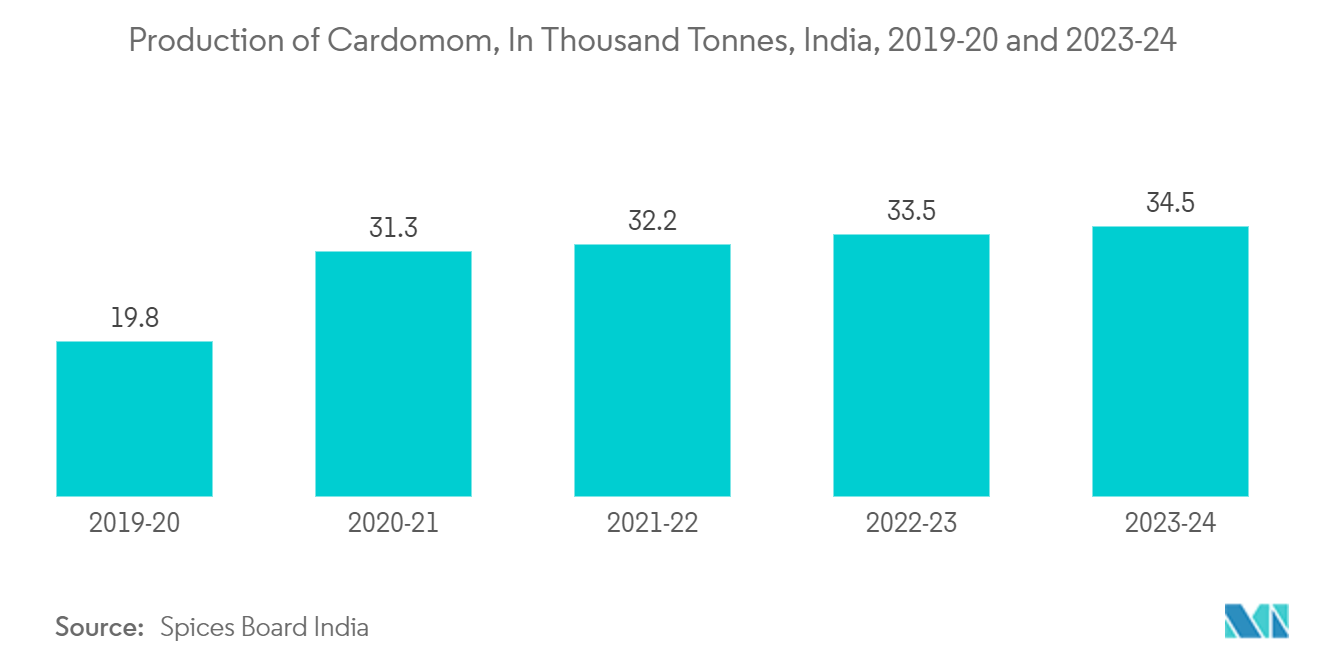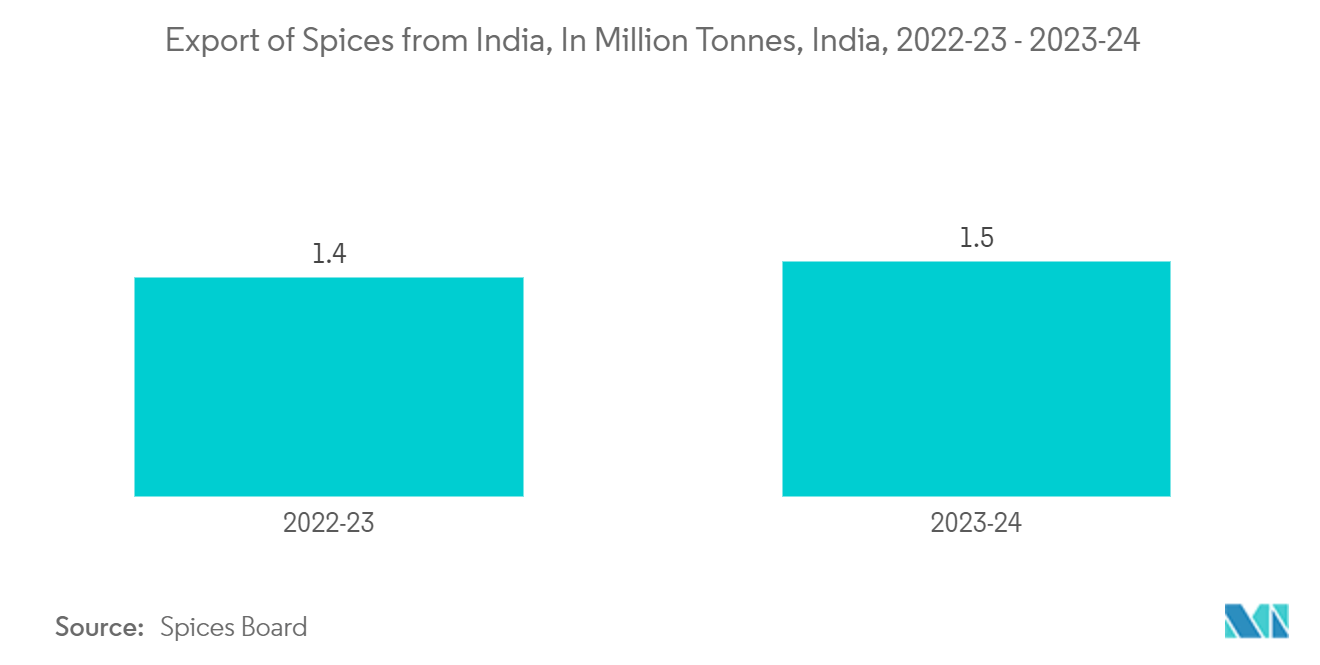Market Trends of Spices, Dry Seasoning Mix, And Herbal Extract Packaging Industry
Flexible Packaging Solutions for Spices and Seasonings Thrive Amid Rising Demand for Convenience and Shelf Life
- Growing consumer demand for convenience and longer shelf life propels the flexible packaging solution market for spices, dry seasoning mixes, and herbal extracts. Multilayer films, a flexible packaging material, provide superior barrier properties against moisture, oxygen, and light, crucial for maintaining these products' flavor, aroma, and potency.
- With consumers emphasizing freshness and longevity in their food, flexible packaging has emerged as the favored choice. Furthermore, the shift towards smaller, resealable, and user-friendly packaging formats addresses the rising consumer demand for convenience, especially among frequent cooks and those seeking portion-controlled options.
- Pouches and bags, as flexible packaging options, are pivotal in minimizing food waste for spices and herbs. Their resealable features guard against contamination and moisture ingress post-opening, a critical factor given the rapid potency loss of improperly stored spices and herbs.
- Adhering to stringent food safety regulations, flexible packaging for spices and herbs ensures non-reactive materials, safeguarding the purity and safety of these products. For example, dried cardamom must be stored in polypropylene bags to retain flavor, prevent moisture re-adsorption and mold growth, and deter insect pests. As the leading producer and exporter of diverse spices and herbs, including cardamom, India saw its production rise from 33.5 thousand tonnes in 2022-23 to 34.5 thousand tonnes in 2023-24, as the Spices Board India reported. This uptick in production is poised to boost the demand for flexible packaging solutions.
- Environmental sustainability awareness is reshaping the market dynamics, with consumers leaning towards flexible packaging crafted from recyclable or biodegradable materials, mirroring the broader eco-friendly packaging trend.
- Additionally, flexible packaging's capability for high-quality printing and custom shapes is essential for brand differentiation in a competitive landscape, where visual appeal and transparent product information are paramount in influencing consumer choices. These attributes, alongside the versatility and cost-effectiveness of flexible packaging, catalyze its growing adoption in the spices, dry seasoning mixes, and herbal extracts market.

India's Spice Export Surge Drives Demand for Advanced Packaging Solutions
- Asian culinary traditions heavily rely on spices, herbs, and seasonings. As these ingredients play a pivotal role in daily cooking, the demand for packaging solutions that maintain their freshness and potency continues to rise.
- India is the world's leading producer, consumer, and exporter of spices. In the 2022-23 season, India produced approximately 11.14 million tonnes of spices, with the Spices Board noting that around 13% of this production was exported. The export figures climbed from 1.4 million tonnes in 2022-23 to 1.5 million tonnes in 2023-24.
- With India's increasing spice production and export activities, there's a growing need for premium export-grade packaging that aligns with international standards. Such packaging is vital to ensure spices retain their freshness and flavor and are safeguarded against contamination during extended transit. Export packaging demands advanced barrier properties, moisture resistance, and overall durability to navigate the challenges of shipping and handling.
- As India exports spices to many global markets, it must navigate a maze of packaging regulations. These encompass food safety standards, labeling mandates, and material restrictions. Consequently, the Indian packaging industry faces the challenge of adapting to these diverse regulations. This adaptation may necessitate the adoption of new materials, enhancements in labeling practices, and a commitment to global safety standards in packaging processes.
- As the export market expands, safeguarding Indian spice brands from counterfeiting is paramount. This urgency propels the adoption of packaging solutions embedded with anti-counterfeiting features like holograms, QR codes, and tamper-evident seals. Such measures fortify the brand's reputation and assure international consumers of the product's authenticity.
- Technological advancements in packaging, including modified atmosphere packaging and vacuum sealing, are instrumental in prolonging the shelf life of spices and herbs. These innovations are pivotal in preserving freshness and potency, especially in Asia's humid climates, where they're gaining traction.


